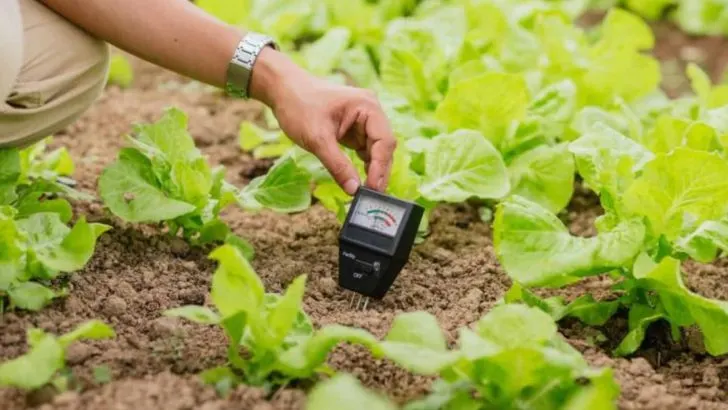Even the most enthusiastic gardeners can fall into rookie traps that make a space look cluttered, stressed, or just… off. From planting too close together to choosing the wrong mulch or ignoring soil health, some mistakes are more common than you’d think — and they’re often what separates a novice garden from one that looks professionally designed and maintained.
In this article, we reveal 17 frequent gardening slip-ups that can signal inexperience — and, more importantly, show you how seasoned gardeners fix them. With a few smart tweaks, you can quickly transform your yard into something that looks intentional, healthy, and polished.
Level up your garden by learning what not to do — and how to get it right the pro way.
Overwatering
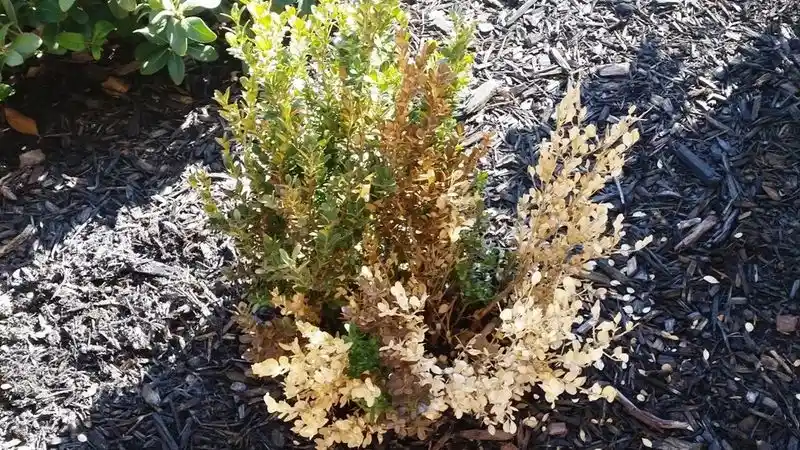
Waterlogged soil is a common sight in novice gardens. Beginners often believe more water equates to healthier plants, but too much can drown roots. It’s crucial to allow soil to dry slightly between watering sessions. A moisture meter can guide effective watering habits, ensuring roots receive oxygen. Experienced gardeners check the top inch of soil; if it’s dry, water gently and deeply. Remember, plant needs vary by species and season. Adjust watering patterns accordingly. Overwatering also invites pests and diseases, so monitoring is key. Consider drip irrigation to manage water application precisely, reducing guesswork and promoting plant health.
Plant Placement
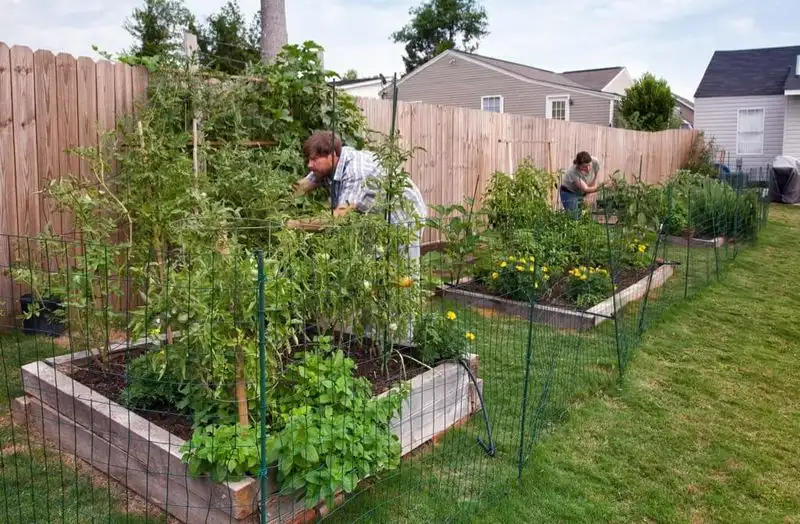
Random plant placement can stifle growth. Placing shade-loving plants in full sun, or vice versa, is a typical oversight. Plants have specific light requirements; understanding them is crucial. To start, observe your garden’s sun exposure throughout the day. Use this knowledge to group plants with similar light needs together. Also, consider the mature size of plants to avoid overcrowding. Professionals often sketch a garden layout before planting, ensuring a strategic approach. Proper placement encourages thriving plants and simplifies maintenance. Aligning plant needs with garden conditions creates a harmonious environment, showcasing each plant’s natural beauty.
Ignoring Soil Quality
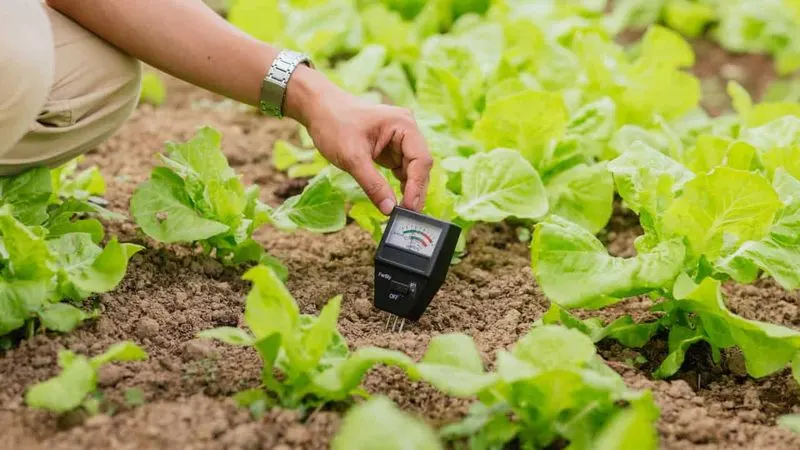
The secret to a flourishing garden lies beneath the surface. Overlooking soil quality is a rookie error that can stunt plant growth. Quality soil is rich in nutrients, has good drainage, and supports root health. Conducting a soil test reveals nutrient deficiencies and pH imbalances, guiding amendments. Compost and organic matter enhance soil structure and fertility, fostering robust plant development. Professionals regularly amend their soil to maintain optimal conditions. Different plants prefer different soil types, so tailor the soil to their needs. Investing in soil quality pays off, transforming a struggling garden into a vibrant one.
Neglecting Deadheading
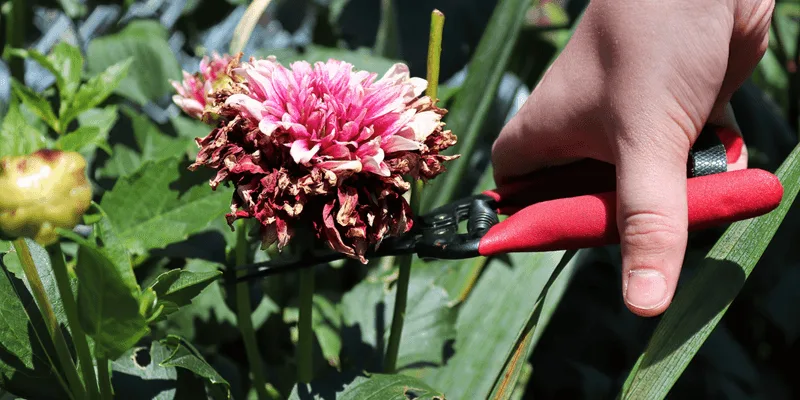
Allowing faded flowers to remain on plants is a missed opportunity for continued blooming. Deadheading, or removing spent blooms, encourages plants to produce more flowers rather than seeds. This simple practice promotes a longer flowering period, making gardens appear well-tended. Regularly inspect flowering plants and snip off withered blooms just above a leaf node. This practice redirects the plant’s energy into new growth. It also prevents self-seeding and maintains a tidy appearance. Experienced gardeners incorporate deadheading into their routine maintenance, enhancing plant vigor and the garden’s overall aesthetic appeal.
Skipping Mulch
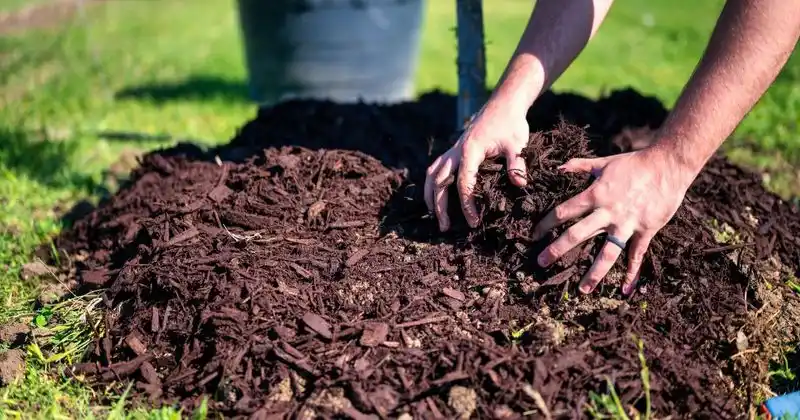
Bare soil between plants is an open invitation for weeds and moisture loss. Mulch acts as a protective barrier, conserving water and suppressing weeds. It also moderates soil temperature and adds organic matter as it decomposes. Spreading mulch around plants, avoiding direct contact with stems, creates a tidy, insulated garden bed. Professionals apply a 2-3 inch layer of organic mulch, like wood chips or straw, to reap these benefits. Mulch also prevents soil erosion during heavy rains and enhances the garden’s visual appeal. This simple addition can elevate a garden’s functionality and aesthetics.
Improper Pruning
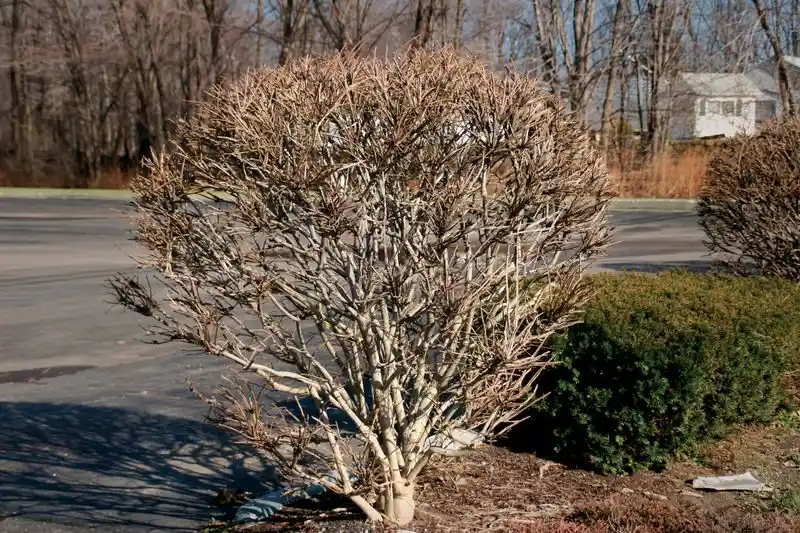
Careless pruning can disfigure plants and impede growth. Understanding the correct technique and timing for each plant species is vital. Improper cuts can lead to disease entry points and stress plants. It’s essential to prune for shape, health, and productivity. Sharp, clean tools make clean cuts, promoting quick healing. Study the growth habits of your plants to determine the best time to prune. For instance, prune spring-flowering shrubs after they bloom. Regular, precise pruning enhances plant health and appearance, fostering a thriving landscape. Pros see pruning as an art, shaping plants to their natural form.
Using Chemical Fertilizers Excessively

Over-reliance on chemical fertilizers can harm delicate ecosystems. While they offer immediate nutrition, excessive use depletes soil health and harms beneficial microorganisms. Organic alternatives, like compost or well-rotted manure, provide balanced nutrients and improve soil structure. Always follow label instructions if using chemical options, and apply sparingly. Test your soil to tailor fertilization to actual needs, preventing nutrient runoff into waterways. Pros emphasize a balanced approach, combining organic matter with minimal chemicals. This sustainable practice nurtures soil health, supporting long-term plant vitality and reducing environmental impact.
Ignoring Companion Planting
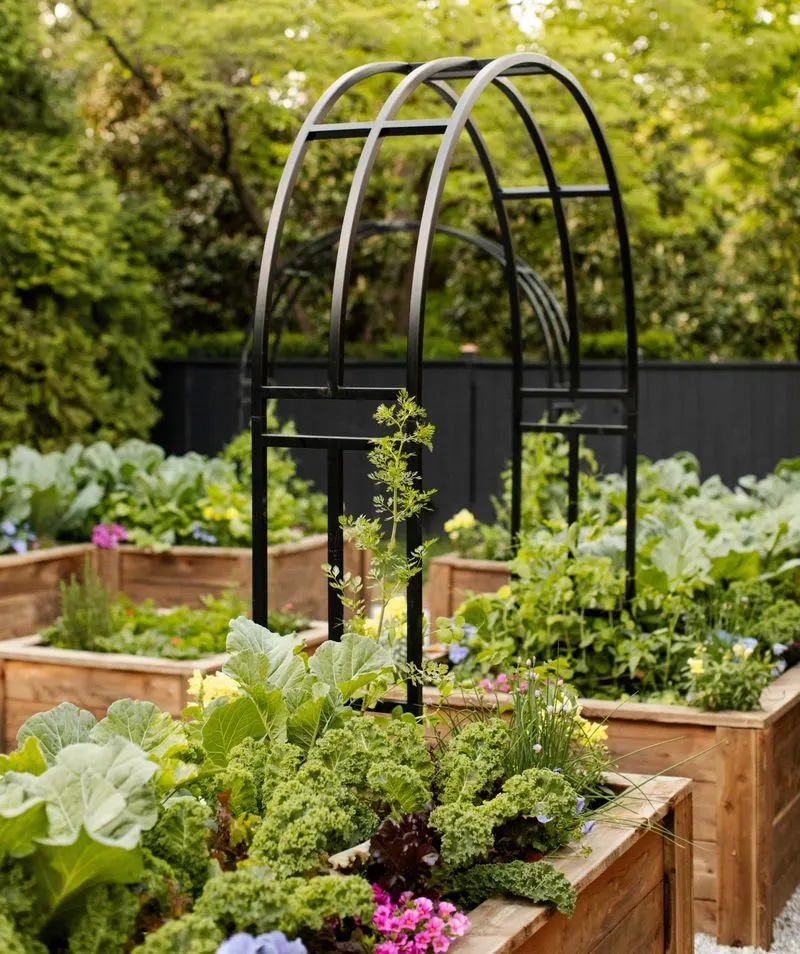
Some plants just don’t get along. Ignoring companion planting leads to competition for resources and pest issues. Certain plants enhance each other’s growth, while others hinder it. Research natural plant partnerships to maximize garden productivity. For example, tomatoes and basil grow well together, while cabbage and strawberries do not. Companion planting can also deter pests naturally, reducing the need for pesticides. Experienced gardeners plan plant locations strategically, leveraging these beneficial relationships. This approach fosters a balanced ecosystem, where plants support each other’s growth, leading to a more productive and harmonious garden environment.
Planting at the Wrong Time
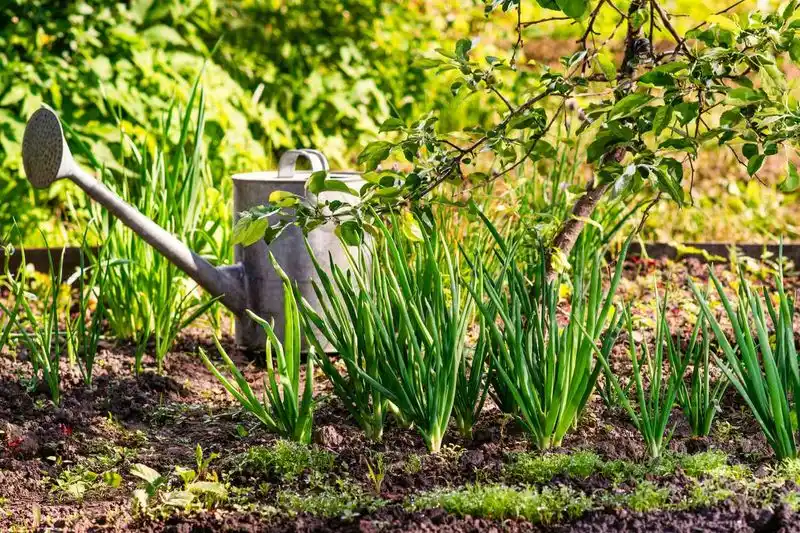
Timing is everything in gardening. Planting too early or too late can lead to poor germination and growth failures. Each plant has its ideal planting season, based on temperature and light. Check local frost dates and plan accordingly. Seed packets and plant labels provide valuable timing information. Pros often use a planting calendar to track and plan sowing dates. This ensures seeds and seedlings experience optimal growing conditions, enhancing their chances of survival and productivity. Adjustments may be necessary due to climate shifts, but proper timing remains key to a successful garden.
Ignoring Pest and Disease Signs
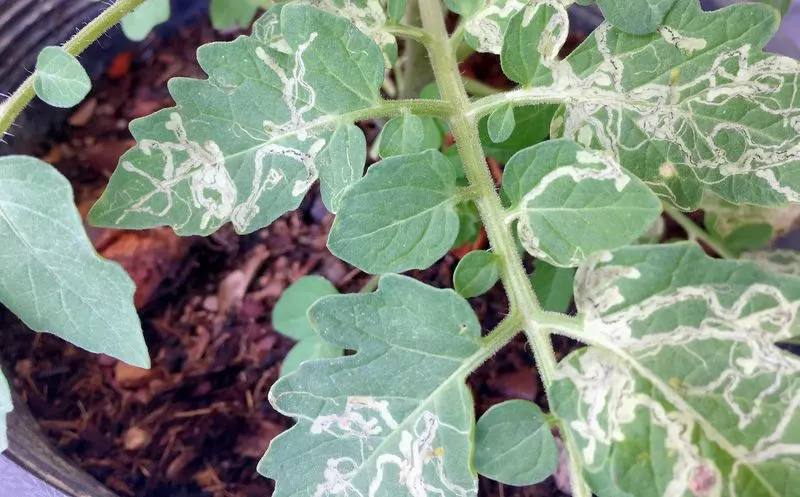
Pests and diseases can quickly devastate a garden if unchecked. Early detection is vital. Regularly inspect plants for unusual signs like discolored leaves, holes, or wilting. Address issues promptly to prevent spread. Integrated Pest Management (IPM) combines techniques like introducing beneficial insects and using organic sprays. Avoid relying solely on chemical solutions, which can harm the environment. Professionals focus on plant health to build natural resistance, reducing pest attraction. Observing plants attentively and acting swiftly can prevent minor issues from escalating, preserving the garden’s health and aesthetics.
Using the Wrong Tools
Having the right tool for the job makes a world of difference. Using inappropriate tools can damage plants and frustrate gardeners. Investing in quality, ergonomic tools suited to specific tasks reduces effort and enhances precision. A well-maintained tool lasts longer and performs better. Regularly sharpen blades and clean tools to prevent disease spread. Pros often have a tool for every task, ensuring efficiency and care in their work. Consider starting with basics like a trowel, pruners, and a watering can, then expand as skills and garden complexity grow.
Lack of Garden Planning
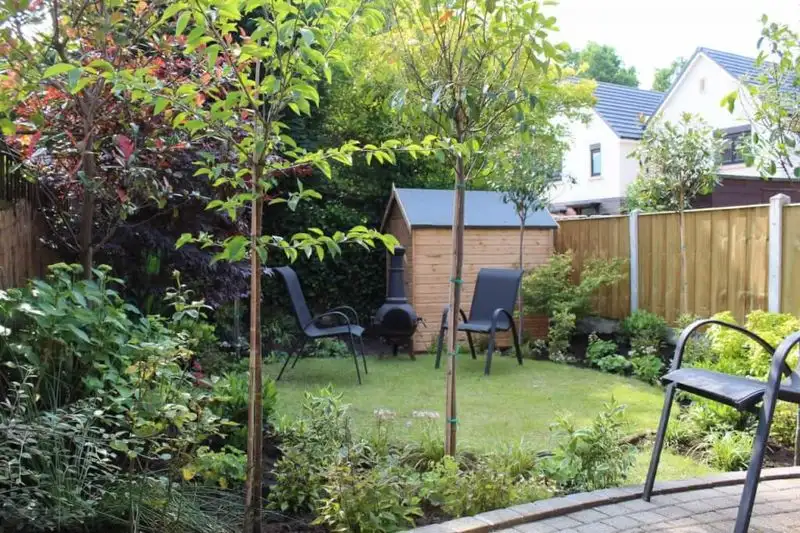
An unplanned garden can quickly become overwhelming. Without a clear vision, plantings may clash and maintenance becomes a chore. Consider a garden plan before planting; sketch ideas on paper to visualize the layout. Define spaces for different plant types and create pathways for easy access. A plan ensures compatibility in plant selection and design coherence. Professionals often use garden design software for more detailed planning. This foresight helps balance aesthetics with practicality, making gardening a joy rather than a task. A thoughtfully planned garden not only looks appealing but also functions efficiently.
Overcrowding Plants
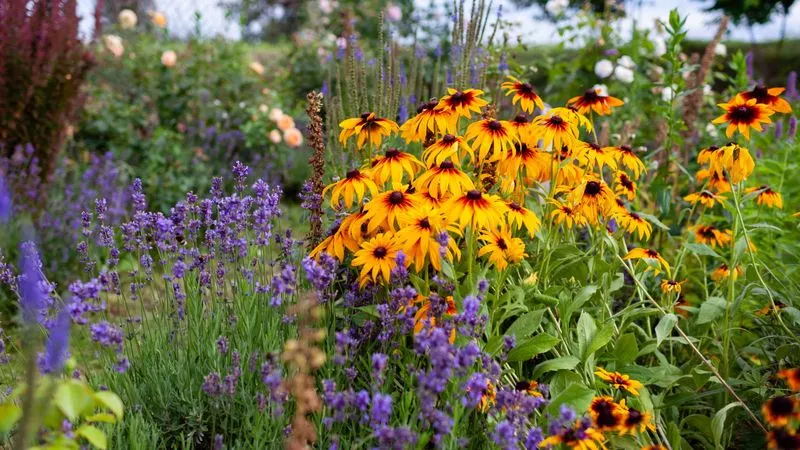
Giving plants ample space is crucial for their development. Overcrowding restricts airflow and sunlight, encouraging diseases. Each plant has specific spacing requirements, vital for optimal growth and health. Crowded conditions lead to competition for nutrients and water, stunting growth. Experienced gardeners read plant tags for spacing guidelines and adjust as needed. Regularly thinning or transplanting can optimize space usage. Emphasize air circulation and light penetration by maintaining appropriate distances. A well-spaced garden promotes healthier plants, easier maintenance, and reduced disease risk, ultimately enhancing the overall garden experience.
Neglecting Proper Drainage
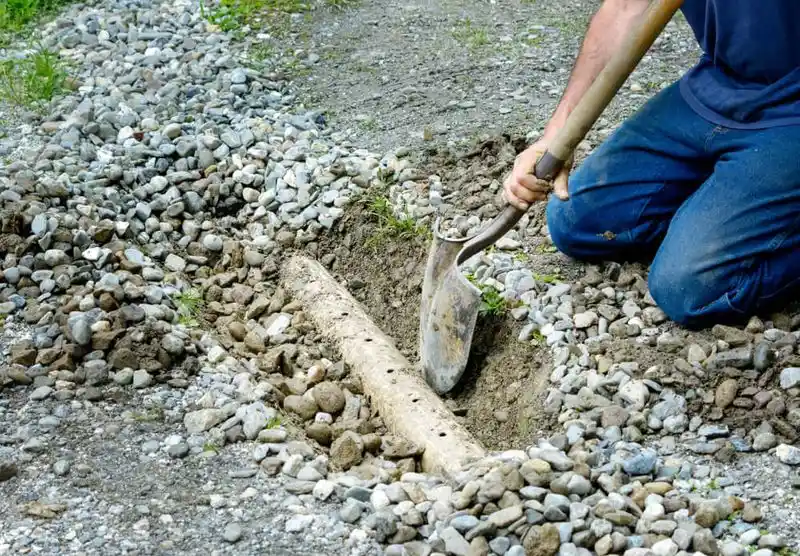
Poor drainage can spell disaster for a garden, leading to root rot and plant death. Ensuring soil drains well is crucial. Amending soil with organic matter improves structure and drainage. Raised beds can alleviate waterlogging issues in areas with heavy clay or compacted soils. Pros often incorporate gravel or sand for better drainage in problematic areas. Observing water flow during rains helps identify issues. Proper drainage not only prevents water-related diseases but also supports robust root systems. A garden with adequate drainage thrives, showcasing resilient and vibrant plants.
Overlooking Wildlife Benefits

Wildlife plays a vital role in garden ecosystems, aiding in pollination and pest control. Planting diverse species attracts beneficial insects and birds. Avoid pesticides that can harm wildlife, favoring natural solutions. Bird feeders and bee-friendly plants support local fauna. Professionals design gardens with wildlife in mind, fostering a balanced ecosystem. Observing wildlife interactions can provide insights into garden health. Embracing biodiversity enhances garden resilience and productivity, creating a dynamic environment where plants and wildlife thrive together. A garden rich in life offers beauty and ecological benefits.
Not Rotating Crops
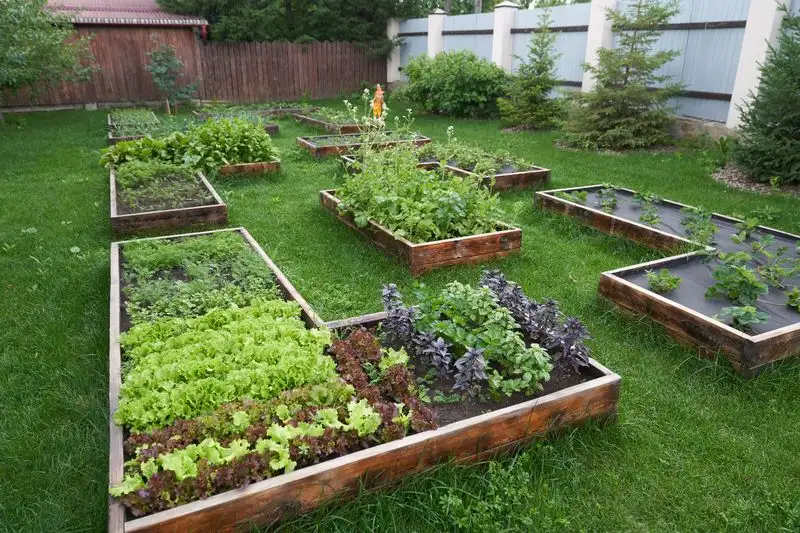
Crop rotation is more than tradition; it’s a strategy for soil health. Growing the same plants in the same spot depletes soil nutrients and encourages pests and diseases. Rotating crops disrupts pest cycles and replenishes soil. Different plant families have varying nutrient needs and benefits. Planning rotations over seasons enhances soil fertility and vitality. Try grouping plants by family and rotating each year. Professionals rely on rotation to maintain balanced soil and to prevent issues. This practice promotes healthier plants and sustainable garden productivity, safeguarding against potential crop failures.
Ignoring Seasonal Cleanups
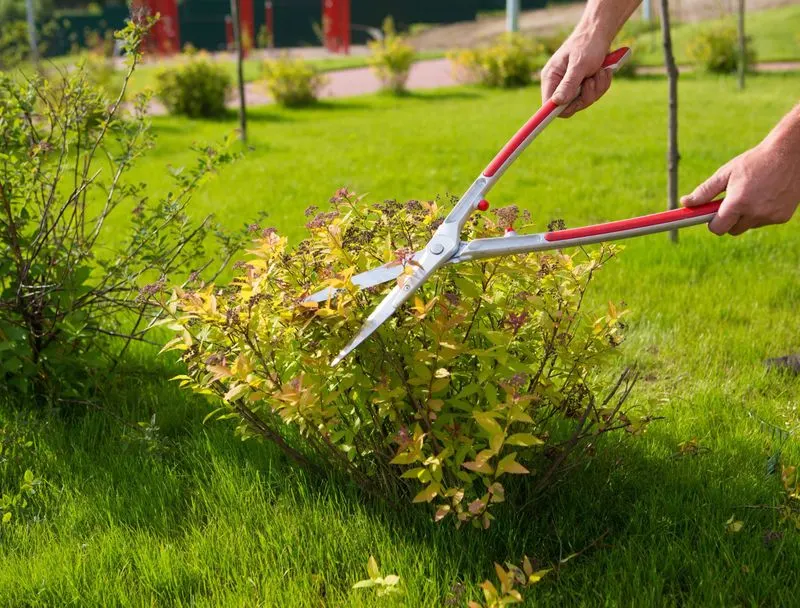
Neglecting seasonal cleanup can lead to a disorganized garden and invite pests. Timely cleanups prepare the garden for new growth. Remove debris, fallen leaves, and dead plants to reduce disease risk. This practice also improves aesthetics and soil health. Seasonal transitions offer opportunities to assess plant health and plan for the next season. Mulching after cleanup insulates soil and suppresses weeds. Pros allocate time for thorough cleanups, recognizing their role in garden maintenance. A neat garden is not only visually pleasing but also fosters a healthier growing environment.

